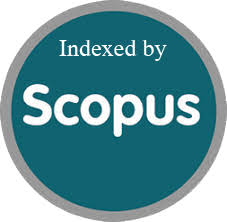Freehand Drawings versus CAD Drawings in the Conceptual Architectural Design Phase
Abstract
In the last decade, the value of freehand drawing as a design tool in both education andpractice is open to debate as a result of the accessibility of digitised drawing tools such asCAD systems and the relative ease with which a design can be presented and realisedusing computerised techniques such as parametric modelling and rapid prototyping.The conceptual design stage is the most critical in the design process. Despite the factthat most of the widespread computer aided design systems (such as AutoCAD and3DSMax) are primarily directed towards the more detailed stage of design process. Evenso, there are architects today who have abandoned the use of a pencil and paper, turningto the computer during the creation of their design concepts.The paper investigates the limitations of Computer Aided Drawing (CAD) systemswhich make them unable to satisfy what freehand drawings are doing for the initialdesign phase. To achieve this aim, the first section of this paper puts forward aframework for the main roles of freehand drawings through the conceptual designprocess. The second section investigates the capabilities of computer aided drawing toolsto achieve these roles by depending on the theory and practice of the use of CAD tools atthe initial design stage. The third section concludes the weakness and strength ofcomputer aided drawing systems in the conceptual design phase. The paper ends withrecommendations.








